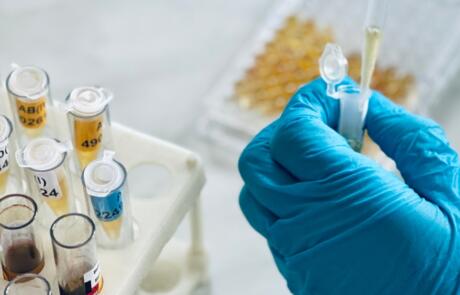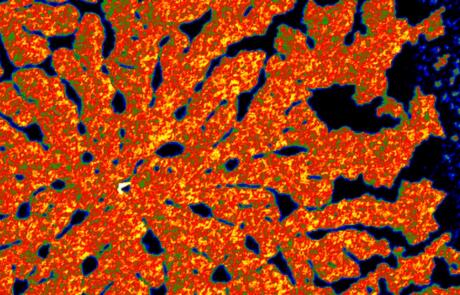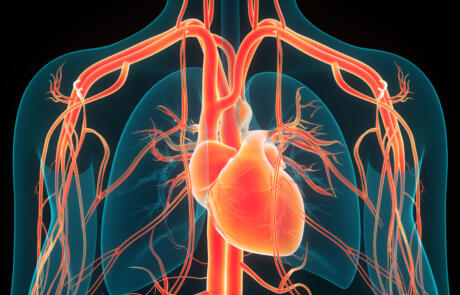New Horizons: Gonadotropin-Releasing Hormone and Cognition
Vincent Prevot answers questions from his recent webinar on the effects of gonadotropin-releasing hormone on cognition.
View Q&A ReportSpatiotemporal Dynamics of Calcium and Neurotransmitters in Awake Mouse Models of Epilepsy
Dr. Vincent Magloire and Dr. Ken Berglund answer questions from their webinar on the spatiotemporal dynamics of neurotransmitter and calcium imaging during seizure evolution in…
View Q&A ReportAssessing Antigen-Specific T Cell Functionality With Dendritic Cell/CD8⁺ T Cell Co-Culture
On December 12, 2023, STEMCELL Technologies' Dr. Catherine Ewen described, in detail, how to set up DC (dendritic cell) and CD8ᐩ T cell co-culture experiments…
View Q&A ReportEvaluation of Novel Therapies Using Spontaneous Seizure Models
Cameron Metcalf and Katrina Irey answer questions from a recent webinar on technical requirements and benefits of spontaneous seizure models and epilepsy therapy development.
View Q&A ReportHow to Better Predict Potential Drug Interactions Early in the Discovery Process
Dr. Jack Vanden Heuvel answers questions about the prediction of drug-drug interactions using in vitro assays and gene expression studies.
View Q&A ReportUnderstanding Advanced Cardiac Tissue Slice Applications
Bradley Palmer, Matthew Caporizzo, and Benjamin Lee answer questions from a recent webinar on how cardiac slices and the IonOptix Cardiac Slice System can be…
View Q&A ReportSuccessful Modification of a Rodent Surgical Procedure and Device for Vascular Access in Minipigs (Vascular Access Button)
Adrian Zeltner answers questions on the innovative use of the Rat Vascular Access Button in Göttingen Minipigs to streamline blood sampling and infusion.
View Q&A ReportThe Use of Vascular Access Buttons in Rabbits for PK/TK Studies
Jon Ehrmann, BS, SRS, SRA, LATg answers questions regarding use of vascular access buttons in rabbits as a solution to challenges in venipuncture, enhancing blood…
View Q&A ReportPreparation for the Academy of Surgical Research’s Certification Exams
Lisa Johnson answers questions on the Academy of Surgical Research's (ASR) certification exams to prepare individuals on what to expect.
View Q&A ReportOvercome the Multiple Challenges of Neutralizing Antibodies in Cancer Therapy Using Innovative Phage Display Technologies
Conor McCartin, PhD, answers questions about the benefits, applications, and process of using innovative phage display technology for cancer therapy and monoclonal antibody development.
View Q&A Report




